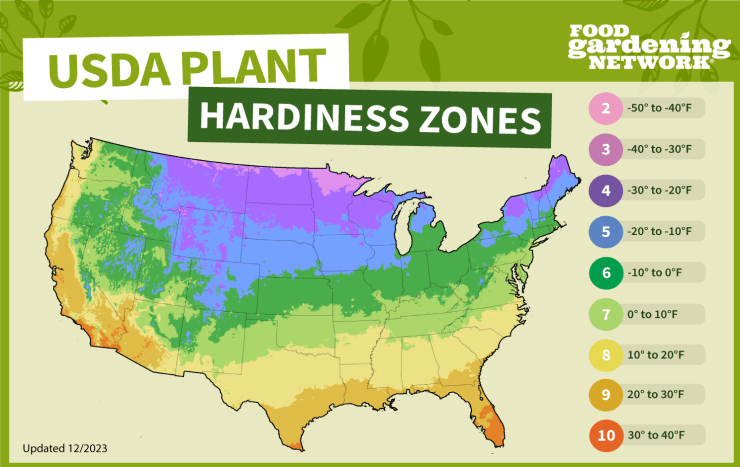Let’s explore growing carrots in different zones and whether you can grow them indoors:
- Growing Zones for Carrots in the US:
- Carrots (Daucus carota) can thrive in various USDA hardiness zones. Here are some details:
- Zone 5a: Carrots grow well in this zone, which includes regions with cold winters. You can sow carrot seeds directly in the garden during the best months for this zone. Plant them at a depth approximately three times the diameter of the seed. Space the plants 2 to 12 inches apart, and you can harvest them in 12-18 weeks.
- Zone 11: In warmer climates like zone 11, it’s recommended to plant carrots in raised beds to improve drainage. Frequent watering during the dry season is essential to prevent them from drying out.
- Zone 4: This colder zone presents unique challenges for carrot cultivation. Winter temperatures can dip as low as -30°F (-34°C). However, with proper care, you can grow carrots successfully here as well.
- Carrots (Daucus carota) can thrive in various USDA hardiness zones. Here are some details:
- Growing Carrots Indoors:
- Yes, you can grow carrots indoors! Follow these steps:
- Select a deep container: Choose a container that is at least 8 inches (20 cm) deep to allow proper root growth.
- Use vegetable potting soil: Fill the container with vegetable potting soil mix. Ensure there’s about an inch (2.5 cm) of space between the soil and the top of the container.
- Provide sunlight: Carrots need at least 6 hours of sunlight per day. If natural sunlight is insufficient, use grow lights.
- Cool temperatures: Carrots prefer temperatures between 10°C (50°F) and 18°C (64°F).
- Water consistently: Keep the soil moist at the surface until the seeds germinate, and water regularly as the seedlings grow.
- Harvest in 2-3 months: With patience, you’ll have homegrown carrots indoors.
- Yes, you can grow carrots indoors! Follow these steps:
Happy gardening! ????????
Check out the USDA Plant Hardiness Zone Map here. Or, for a quick glance at your general plant hardiness zone, use our map.



 Previous
Previous


At some point, can you map out the growing zones in Canada for quick reference? It would make using your site more beneficial for us (although I will look for such a map elsewhere).